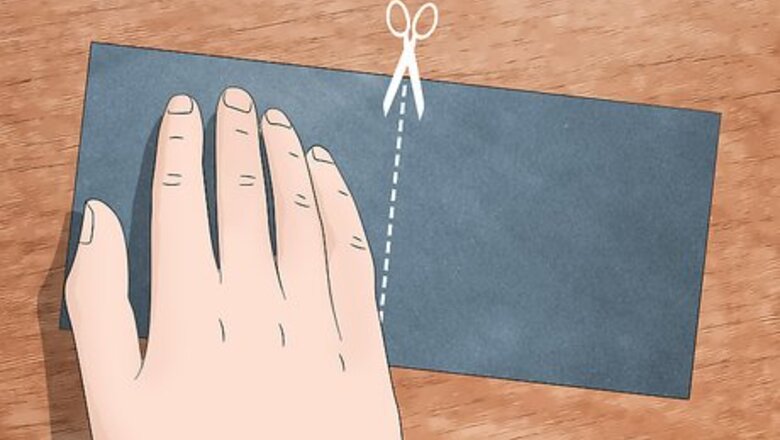
views
Using Wet Sandpaper
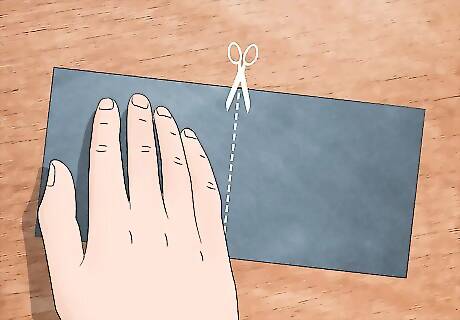
Cut out your sandpaper. You should cut down a piece of sandpaper so that it fits comfortably in your hand. You’ll be sanding your tail light by hand, so cut a piece that's big enough to cover a lot of area but small enough for you to easily handle. Look for sandpaper with a 2000 grit.
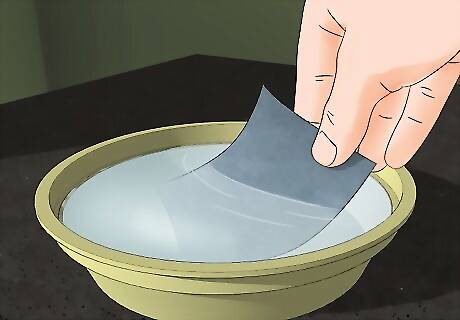
Dip the sandpaper in water. Once you have the size sandpaper you need, dip it in clean, clear water. The sandpaper won’t hold a lot of water, so you might need to dip it more than once as you work on your tail light.

Wet the tail light. Before you start sanding with the wet sandpaper, you’ll also want to get some water on the tail light, too. This prevents your tail light from getting over scratched even if the sandpaper loses some of its water.

Sand the tail light gently. Run your sandpaper gently over the surface of the tail light for about a minute. You shouldn’t apply too much pressure to the sandpaper, since this can also deeply scratch the tail light. Run the sandpaper across the surface and let the grit of the sandpaper do the work.
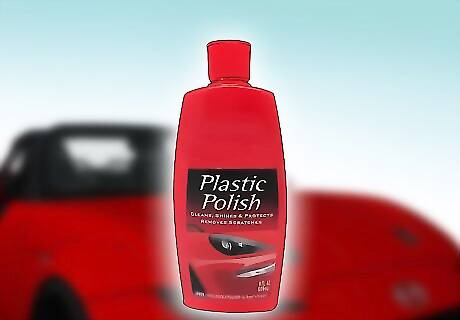
Apply a plastic polish to the tail light. After you’ve sanded your tail lights, you’ll need to apply a plastic polish. Apply two dollops to your tail light. It will spread out when you begin to buff the tail light. Any plastic polish will do, but some are made specifically for auto plastic. Brands like Turtle Wax are a good choice for this.
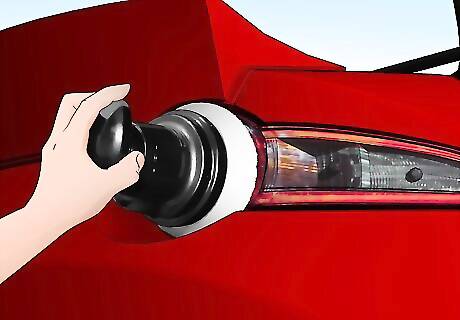
Buff the tail light. Once you’ve applied the plastic polish, use a buffer pad to polish the tail light and buff out scratches. This will take care of scratches both caused by the sandpaper and deeper scratches that the sandpaper couldn’t get out.
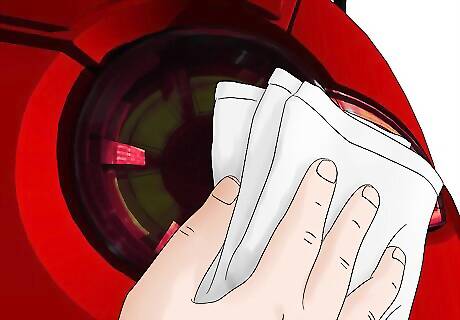
Wipe down the tail light. Once you’re done buffing the tail light, wipe down the tail light with a clean cloth. This will remove any excess polish and give your tail lights a nice shine.
Using Toothpaste
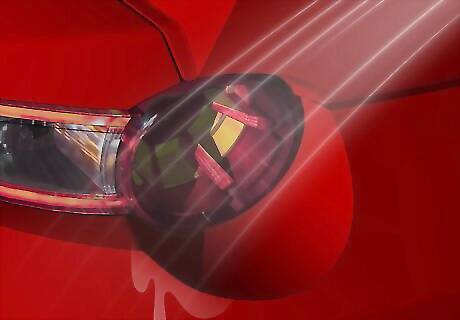
Rinse off the tail lights. Before you apply toothpaste to your tail lights, rinse any dirt or debris off of them. If you apply toothpaste without rinsing off your tail lights, dirt can get stuck in the toothpaste and it will prevent your tail light from coming clean.

Spread toothpaste over the tail light. You should use about three times the amount you’d use to brush your teeth for each tail light. It doesn’t have to be spread evenly since this will happen as you rub the toothpaste in. If you’re using a towel, rather than a buffer, to rub the toothpaste in, apply toothpaste to a small area of your tail light at a time. If you put too much on the tail light and can’t rub it in right away, you’ll end up with dried-on toothpaste. Consider taping around the tail light so you don’t accidentally get toothpaste on the car’s paint.
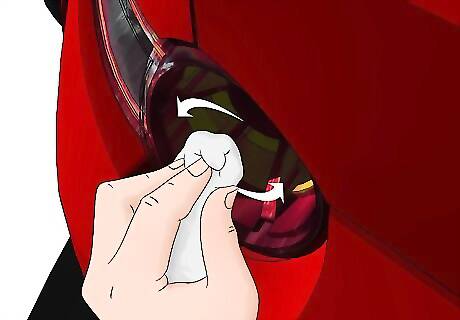
Rub the toothpaste in. Using either a towel or a buffer pad, rub the toothpaste in to the tail light in circular motions. If you’re using a towel, this will take a little bit longer. You should rub the toothpaste in until it basically disappears.
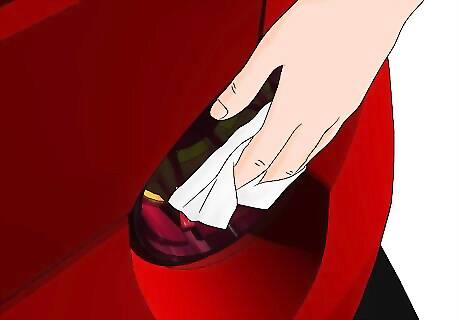
Wipe off the tail lights with a clean rag. Once you’ve rubbed the toothpaste in, wipe down the tail lights with a clean rag. This will show you if you’ve missed any spots and where you might need to go over things again.
Using a Spray Plastic Cleaner

Select a combination protectant, cleaner, and polisher. If you don’t want to take the time to buff in a polisher or cleaner, you can select a combination product. Common brands of this type of cleaner include Armor All and Chemical Guys cleaners.
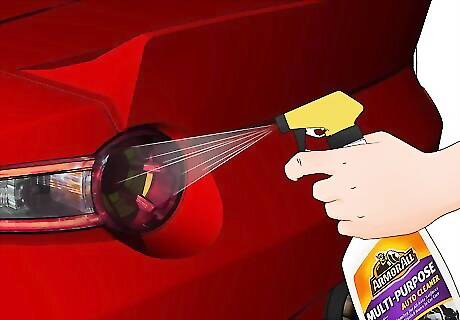
Spray on the cleaner. The spray will be a bit thicker so it won’t run off as quickly, but it will still run off. Make sure you spray enough that even if some drips off, most of it will stay on the lights.
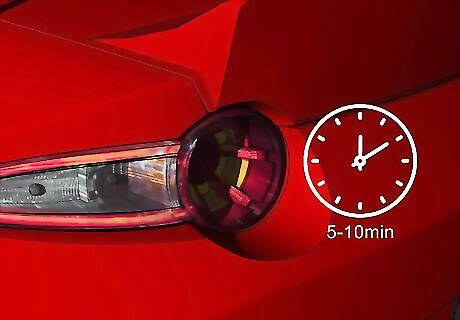
Let it sit for a few minutes. After you’ve sprayed the lights with your selected cleaner, let it sit on the light for five to ten minutes. This will give the spray a chance to work into the dirt on your lights, as well as the scratches on your tail lights.

Wipe off the tail lights with a clean rag. Once you’ve let the spray cleaner sit on your tail lights, wipe it off with a clean rag. Your tail lights should come completely clean and also have a shine. If your tail lights are very dirty, you might have to repeat this procedure once or twice.




















Comments
0 comment